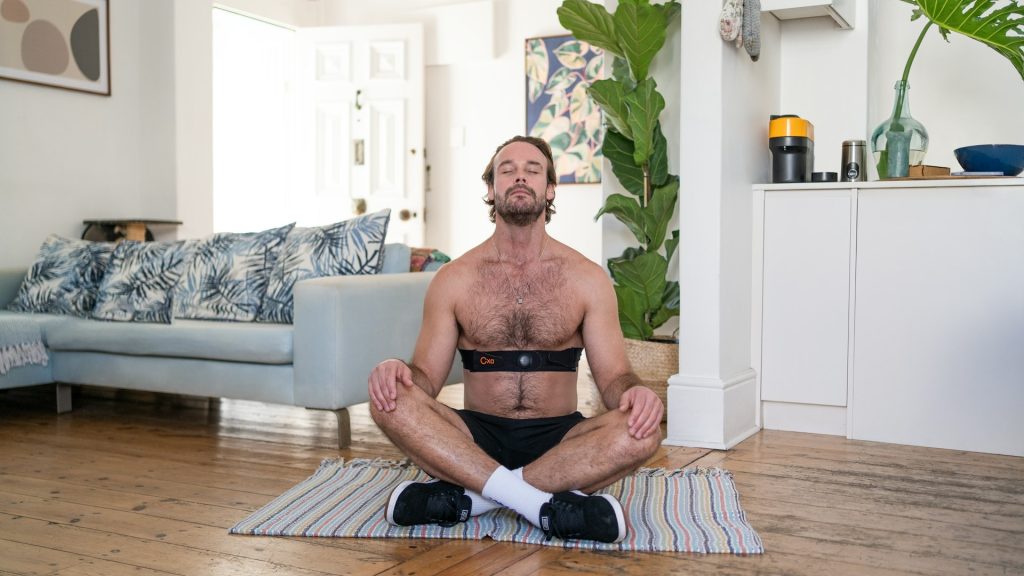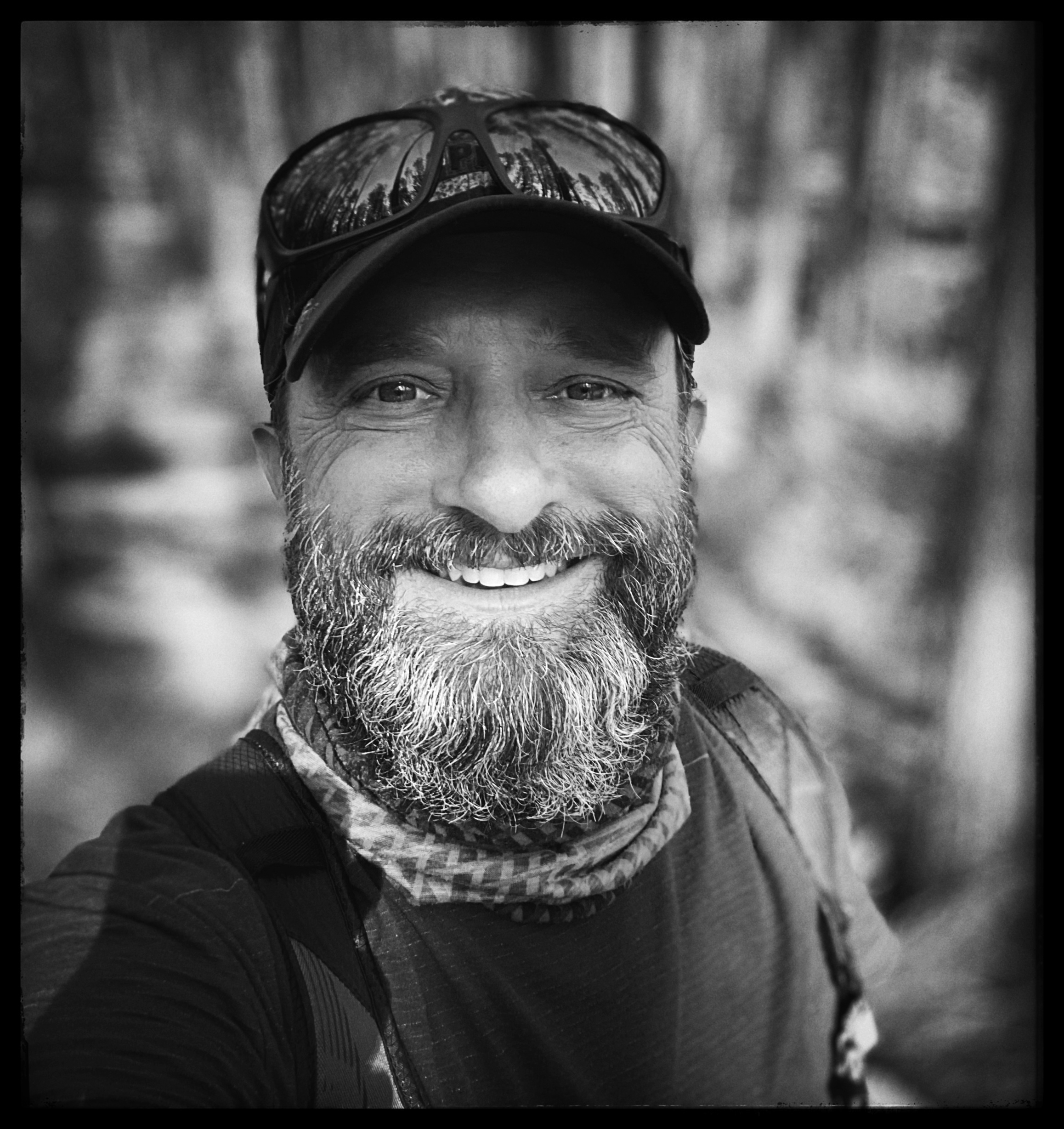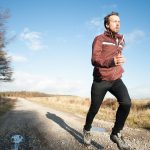Table of Contents
I slept for just 5 hours last night but woke up feeling like I’d had the best sleep of my life. No caffeine. No stimulants. Just pure, natural energy coursing through my veins. What if I told you the difference between dragging yourself out of bed and leaping into your day with boundless energy isn’t about sleeping longer—it’s about hacking the first 30 minutes after you open your eyes? After testing hundreds of morning protocols on myself and clients wearing continuous health monitors, I’ve discovered the biohacks that deliver the biggest return on your morning investment.
Chronobiology: The Science of Timing
Most morning routines fail because they ignore your unique chronobiology – the internal timing that governs when your body naturally performs best. Fighting against your genetic wiring is like swimming upstream – exhausting and counterproductive.
Take your body temperature immediately upon waking for 5 consecutive days. A reading below 97.7°F suggests you’re naturally a “night owl” and should shift your most important morning activities 90 minutes later than conventional wisdom suggests. My temperature consistently reads 97.3°F, explaining why my productivity skyrockets around 10 AM rather than 7 AM – a discovery that tripled my creative output once I stopped forcing myself into an “early bird” schedule that my biology rejected.
The Mineral Cocktail You’re Missing

Forget coffee as your first morning drink. Your body’s cellular batteries (mitochondria) need specific minerals after an overnight fast.
Mix 1/4 teaspoon of high-quality salt (containing trace minerals), 2 tablespoons of lemon juice, and 12 ounces of filtered water. This simple drink replenishes electrolytes depleted during sleep and primes your cells for peak energy production.
When I switched from immediate coffee to this mineral cocktail, my heart rate variability (a key marker of recovery) improved by 17 points within a week. The science here is simple: cellular energy requires mineral cofactors, and most of us wake up depleted.
Red Light Therapy: The Morning Energy Hack
While everyone talks about blue light at night, morning red light exposure might be the most underrated biohack for sustainable energy. The secret lies in its effect on your mitochondria – the microscopic power plants inside your cells that determine your energy levels.
Just 5 minutes of exposure to a red light therapy device (660-850nm wavelength) upon waking increases mitochondrial function by stimulating cytochrome c oxidase – the enzyme that drives cellular energy production. When I started tracking my energy metrics before and after implementing morning red light therapy, the difference was striking – a 40% reduction in afternoon energy crashes and a 35% improvement in workout performance. What’s most fascinating is the compounding effect: after 30 days of consistent morning exposure, my baseline energy levels remained elevated even on days I skipped the treatment.
Breathwork: The 2-Minute Energy Pattern

Your breathing pattern directly influences your nervous system state. Most people breathe in a way that keeps them stuck in fight-or-flight mode all day.
Try this pattern immediately after waking: 4-second inhale through the nose, slight pause, 6-second exhale through the mouth. Repeat for just 2 minutes. This activates your vagus nerve – the superhighway of your parasympathetic nervous system – and produces a calm but alert state perfect for deep work.
The data on this is compelling. When I tested my HRV during different breathing patterns, this specific ratio increased my score by 27% compared to normal breathing.
Movement Snacking: Better Than Morning Workouts
Forget hour-long morning workouts. Research from the University of Texas shows that multiple “movement snacks” throughout the morning provide superior metabolic benefits compared to a single workout block. The science behind this is fascinating – each mini-movement session creates a separate glucose disposal opportunity, essentially reopening the metabolic window multiple times.
Start with 2 minutes of air squats immediately after waking. Then, every 45 minutes until noon, perform 1 minute of any movement – jumping jacks, push-ups, or even brisk walking. These micro-doses of movement prevent glucose stagnation and maintain insulin sensitivity throughout your morning. The difference is measurable – when I implemented movement snacking while wearing a continuous glucose monitor, my post-meal glucose spikes decreased by 22% compared to days with a single 30-minute morning workout. My energy no longer crashes at 11 AM, and my focus remains razor-sharp through the entire morning.
Neural Priming: The 8-Minute Brain Boost

Your brain forms its strongest neural connections in the first hour after waking. Instead of wasting this precious window on email or social media, use it for neural priming.
Spend 8 minutes on dual n-back training (available as a free app) – a specific cognitive exercise that simultaneously trains working memory and attention. Regular practitioners show measurable improvements in fluid intelligence and problem-solving capacity.
I tested this by tracking my cognitive performance using a standardized test. After 21 days of morning neural priming, my processing speed improved by 14% and my working memory by 9%.
Morning Peptides: The Next Frontier
The cutting edge of morning optimization involves strategic peptide use. These short chains of amino acids send specific signals to your cells.
Two worth investigating: Semax, a nootropic peptide that supports brain-derived neurotrophic factor (BDNF) production, and BPC-157, which accelerates tissue repair and gut healing. Both can be taken sublingually upon waking for maximum morning cognitive performance.
My morning routine incorporates peptides on high-demand days only. On these days, my ability to enter flow states increases dramatically, and my recovery metrics remain stable despite increased stress loads.
Cold-Hot Contrast: The Circulation Revolution

Finally, the most powerful morning energy hack combines temperature extremes to revolutionize your circulation.
End your morning shower with 30 seconds of cold water, followed by 30 seconds of hot water, and finish with 30 seconds of cold water. This contrast therapy dilates and constricts your blood vessels, creating a pumping action that flushes tissues with fresh blood and nutrients.
When I added contrast therapy to my morning routine, my recovery markers improved, and inflammation decreased. My workout readiness score (measured by a recovery tracking device) consistently reads 15% higher on days following contrast therapy.

Hi! I’m Dave, a longtime biohacker focused on natural ways to improve health and performance. My work revolves around analyzing the science behind cognitive enhancers, nutrition, and longevity strategies. I’m particularly interested in natural nicotine products and their effects on focus and energy. Everything I share is based on research and real-world application, ensuring practical, reliable insights. Please note, none of the information shared here is medical advice.




